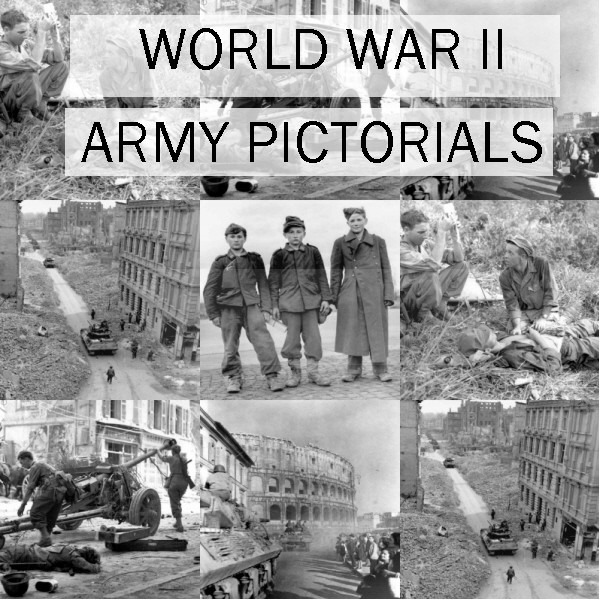
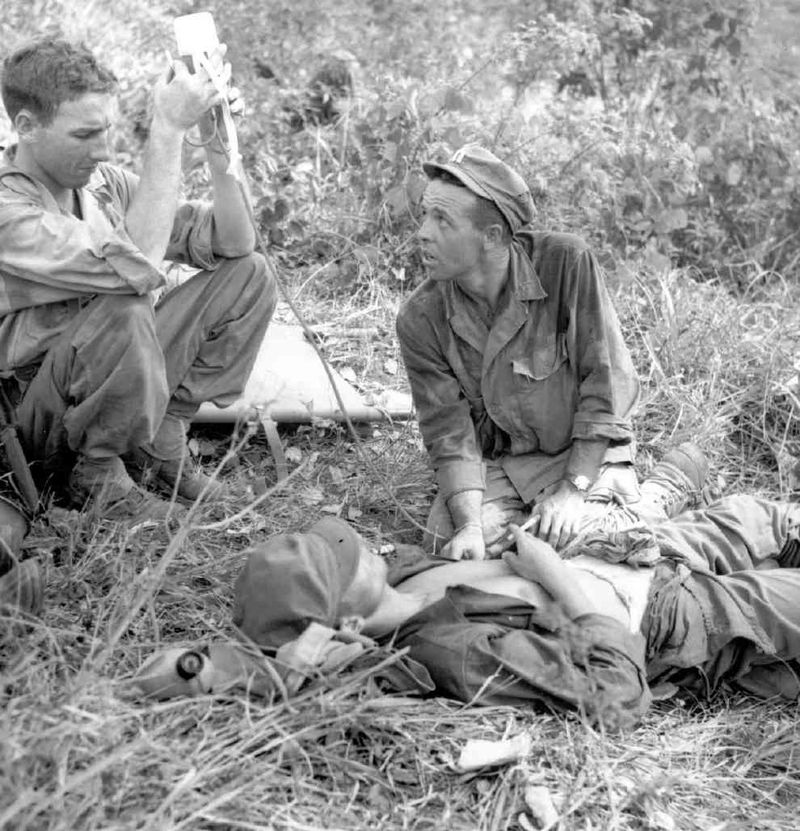
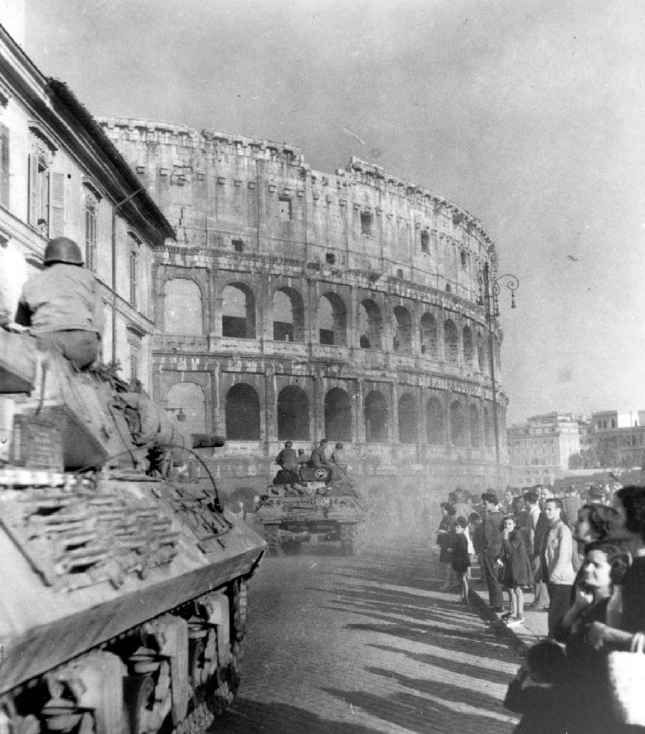
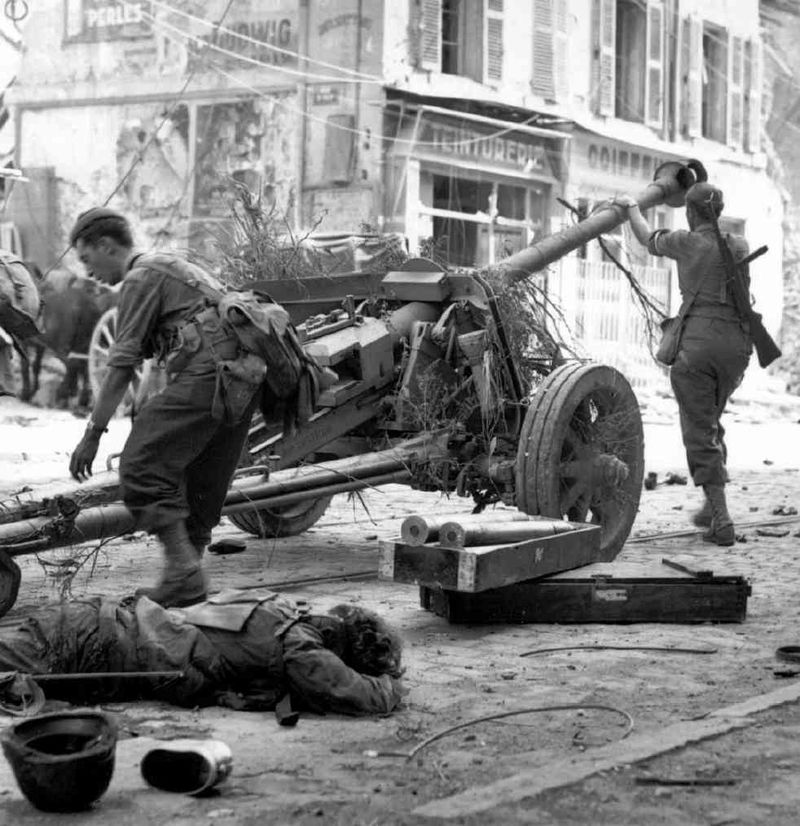
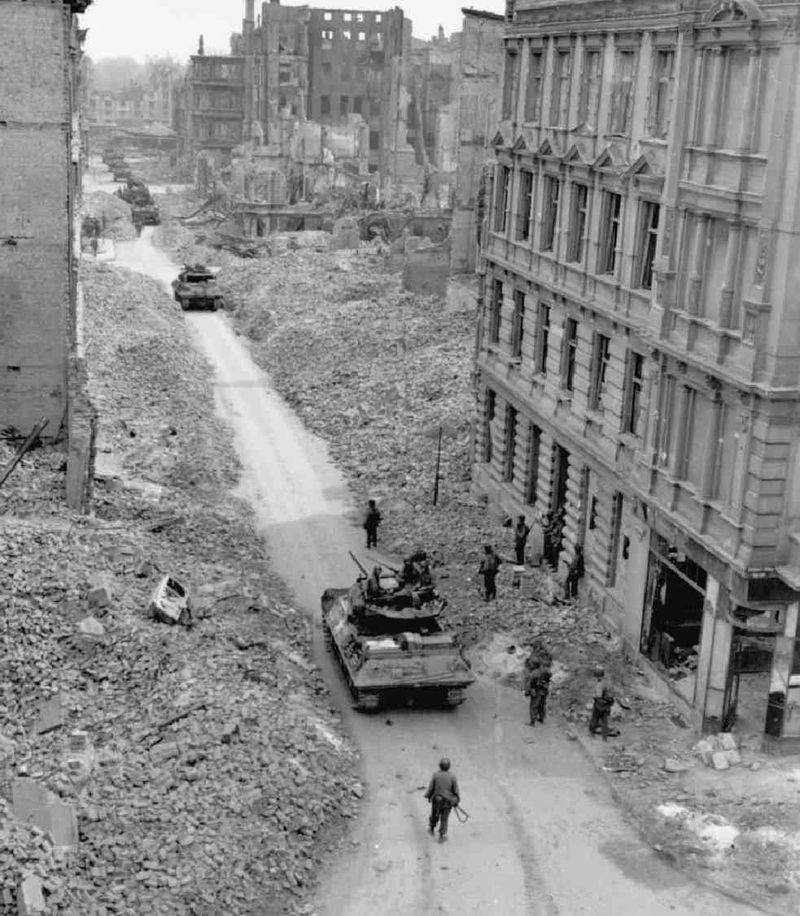
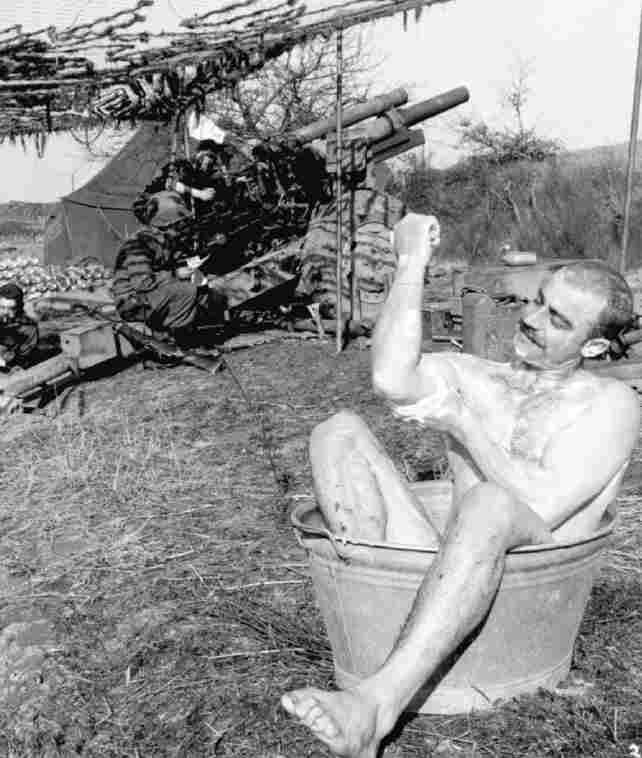
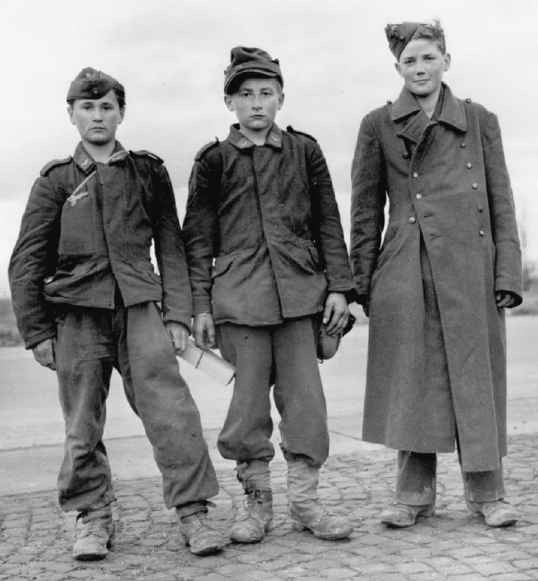
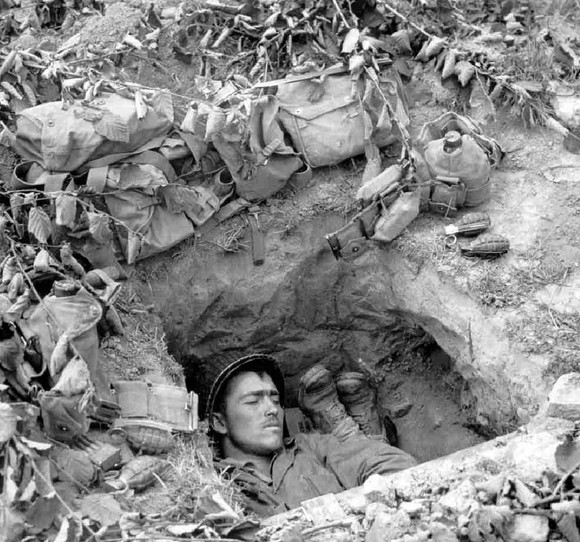
World War II: U.S. Army Images and National Archives Photos
$19.50
Description
World War II: U.S. Army Pictorials and National Archives Photographic Holdings
A total of 1,736 photographs from World War II have been carefully compiled by historians from the United States Army’s Office of the Chief of Military History. These images are organized into three pictorial volumes, as well as a curated selection highlighting materials from the National Archives & Records Administration.
United States Army Pictorials
The images featured in these three volumes were thoughtfully chosen by historians to portray in depth the various circumstances under which combat forces operated. They illustrate the training methods employed, the armaments used by both American troops and their adversaries, the diverse terrains where battles took place, and the logistical support provided by different branches of the military, including the U.S. Army, U.S. Army Air Forces, and the U.S. Navy. By closely examining these photographs, viewers can gain insights not only into the geographical aspects of the conflict but also into how these elements affected the effectiveness and restrictions of weaponry utilized by both U.S. forces and enemy combatants. The selected photographs aim to highlight critical features of the terrain, types of military equipment, living conditions and weather patterns, military operations, and significant human experiences during the war.
Two of the volumes specifically focus on the conflict against the European Axis powers, while the third covers the fighting in the Pacific and the China-Burma-India Theater. Each volume is methodically organized into sections that follow a chronological timeline of the war; within each section, there is a concise introduction detailing the significant events depicted. Collectively, these three volumes provide an extensive visual overview of the U.S. Army’s engagements across various regions, including Africa, Europe, the Middle East, Southeast Asia, the Far East, and the Pacific. Every image included in the collection is accompanied by descriptive captions that provide context and information. Additionally, each volume contains a comprehensive list of abbreviations used within the text, as well as an index to assist readers in navigating the material. The contents of each page from the volumes are faithfully replicated in graphic format on the accompanying disc. Furthermore, the files feature a text component that includes a complete transcript of all the written content integrated into the graphic images of every page across all documents, thereby producing a resource that can be easily searched through.
The three volumes encompass the following topics:
THE WAR AGAINST GERMANY AND ITALY: MEDITERRANEAN AND ADJACENT AREAS
This particular volume focuses on military operations that took place in regions such as North Africa, the Middle East, Sicily, Corsica, Sardinia, the mainland of Italy, and the southern part of France.
Compiled by Lt. Col. John C. Hatlem from the United States Air Force and Capt. Kenneth E. Hunter, this volume addresses the Mediterranean Theater of Operations along with events in the Middle East. It is structured into five distinct sections: (1) North Africa and the Middle East; (2) Sicily, Corsica, and Sardinia; (3) Italy from September 9, 1943, to June 4, 1944; (4) Southern France; and (5) Italy from June 5, 1944, to May 2, 1945. The arrangement of each segment follows a chronological sequence.
THE WAR AGAINST GERMANY: EUROPE AND ADJACENT AREAS
This volume outlines key aspects such as the military buildup in the United Kingdom, the air offensive throughout Europe, and various campaigns including those in Normandy, Northern France, the Rhineland, Ardennes-Alsace, and Central Europe.
The book provides a detailed examination of the European Theater of Operations, spanning from the initial buildup in the United Kingdom up until Victory in Europe Day (V-E Day). It is divided into seven sections, organized in chronological order. The selection of photographs and the accompanying narrative were crafted by Capt. Kenneth E. Hunter.
The structure of this volume consists of six sections: 1. The Build-up in the United Kingdom and the Air Offensive in Europe, 2. The Normandy Campaign, 3. The Northern France Campaign, 4. The Rhineland Campaign covering September 15, 1944, to December 15, 1944, 5. The Ardennes-Alsace Campaign, and 6. The Rhineland Campaign from January 26, 1945, to March 21, 1945.
THE WAR AGAINST JAPAN This volume illustrates various military training exercises conducted in locations such as Hawaii, Australia, and New Caledonia. It also portrays significant events including the defeat experienced in the Philippines, as well as campaigns fought in regions like the Solomons, New Guinea, New Britain, the Admiralties, the Aleutian Islands, the Gilberts, the Marshalls, and the Marianas. Additionally, it covers the return to the Philippines, combat at Iwo Jima, and the battle of Okinawa. Lastly, it discusses the operation of the supply line that connected China via Burma and India.
The contents of this volume are divided into six distinct sections: (1) The Allied Defensive; (2) The Strategic Defensive and Tactical Offensive; (3) The Offensive 1944; (4) The Final Phase; (5) The China Burma India Theater; and (6) The Collapse of Japan and the Conclusion of the War in the Pacific. Each section is organized in a chronological manner, and all dates referenced are local. It’s important to note that any dates occurring west of the International Date Line are one day ahead of those east of it. For instance, December 7, 1941, in Pearl Harbor corresponds to December 8, 1941, in the Philippines.
Included in this documentation are highlights from the World War II National Archives Photograph Holdings, featuring 202 images sourced from the Still Picture Branch of the National Archives and Records Administration (NNSP). A majority of these photographs originate from the Army Signal Corps records found in Record Group (RG) 111, the Department of the Navy’s records in RG 80, the Coast Guard’s records in RG 26, the Marine Corps’ records in RG 127, and the Office of War Information’s records in RG 208.
These images are categorized by themes and specific military campaigns, with original captions provided in quotation marks. Additionally, whenever available, details regarding photographers, artists, locations, and dates are included. The leaders of the time played a crucial role in shaping the events on the home front, ensuring that supply chains and support systems were effectively managed. They also recognized the importance of rest and relaxation for their troops, as well as providing aid and comfort to those affected by the war.
Naval forces engaged in significant battles during this period, highlighting the strategic importance of aviation in warfare. The aggression exhibited by Germany was a focal point, especially during the Battle of Britain, which marked a critical moment in the conflict. In North Africa, Sicily, and Italy, military operations unfolded, each contributing to the broader campaign against Axis powers in France and the Low Countries.
Germany’s ambitions extended across Europe, while Japan launched attacks that intensified the conflict in the Pacific. Island campaigns, particularly in the Philippine Islands, Iwo Jima, and Okinawa, showcased the intense fighting against Japanese forces. Throughout this tumultuous era, the plight of prisoners of war and the horrors of the Holocaust became stark reminders of the war’s brutality, leading to widespread death and destruction.
Ultimately, the culmination of these efforts led to victory and a hard-won peace, marking a significant turning point in history.
This set contains collections that include transcriptions of all identifiable text from the graphic images found on each page of the documents. This creates a comprehensive searchable resource. Users can perform text searches across the entire collection for ease of access to information.
Sample Images
U.S. CASUALTY RECEIVING PLASMA at the front lines near Damortis. The Japanese forces were strategically positioned in the mountainous regions beyond the shoreline, which significantly hampered the effectiveness of U.S. artillery and armored units due to the challenging and rugged landscape. The enemy first mounted a strong defense along the Rosario/Pozorrubio/Binalonan line, where they constructed various pillboxes and dugouts equipped with artillery and automatic weapons that were cleverly concealed and camouflaged. This particular fighting did not form part of the overall offensive aimed at Manila. In fact, during the final weeks of January 1945, the enemy sustained casualties that far exceeded those incurred by U.S. troops.

FRENCH TROOPS TAKE OVER A GERMAN GUN IN TOULON. At 2000 on D plus 1, a French army composed of seven divisions initiated landings on the beaches in the vicinity of Saint-Tropez, with the primary objective of seizing control of the port cities Toulon and Marseille. The divisions tasked with capturing Toulon commenced their encirclement of the city on August 20. Due to the robust defensive measures put up by the enemy, a coordinated effort involving the French army, tactical air support, and an Allied naval task force was necessary to achieve full occupation of Toulon. The German garrison ultimately surrendered to the French forces on August 28, 1944. (German gun, 7.5-cm Pak 40.)

INFANTRYMEN RESTING IN THEIR FOXHOLE. For six consecutive days, persistent rain hindered the planned air bombardments and consequently delayed the advance of the First Army, which had intended to launch an assault on July 19, 1944. During this time, soldiers were forced to crowd into their foxholes, sheltered beneath the dripping hedgerows, enduring extremely uncomfortable conditions, while the enemy remained vigilant from their own fortified positions, ready to react to any movement. The low-lying terrain transformed into a muddy expanse, effectively halting any further tank operations during this challenging period. On June 5, the Fifth Army entered Rome, progressing through the city as they pursued enemy forces fleeing along the northern roads. Throughout this retreat, German troops were subjected to relentless bombing and strafing from Allied air forces. The roads used for retreat were strewn with various types of abandoned vehicles, including the 3-inch gun motor carriage M10.

During a separate incident, fourteen-year-old boys who were part of the “Air Guard” were captured. On March 28, First Army soldiers were consolidating their position along the upper Lahn River. Following closely behind the armored units, infantry divisions moved in swiftly to eliminate remaining enemy forces that had been bypassed and to secure the territories gained during the rapid offensive. Within just six days, the initial foothold established at Remagen had expanded into a stronghold that was sixty-five miles deep, allowing for continued advancement towards Kassel.

Tank destroyers traversed the devastated town of Magdeburg, reflecting the destruction faced by many German cities encountered by the advancing Allied troops. Aerial bombardments and artillery strikes had left most buildings in ruins, necessitating the clearing of numerous streets before movement of soldiers and vehicles could occur.

In the midst of spring, an artilleryman takes a moment to enjoy a bath on a warm afternoon while his fellow crew members of the 105-mm howitzer remain close to their artillery piece, suggesting a brief respite amidst the ongoing operations.

Timeline of Main Events (World War II)
This timeline is constructed from the provided text, focusing on the operations mentioned. Note that dates can sometimes vary slightly depending on sources, and local date variations are acknowledged in the source text for Pacific operations.
- Pre-War/Buildup:
- Training of US troops in Hawaii, Australia, and New Caledonia (before major campaigns).
- Buildup of forces in the United Kingdom.
- 1941
- December 7/8: Japanese attack on Pearl Harbor (US date Dec. 7th) and the Philippines (local date Dec. 8th) initiates the war in the Pacific.
- North African and Mediterranean Theater:
- Operations in North Africa and the Middle East.
- Campaigns in Sicily, Corsica, and Sardinia.
- 1943
- September 9: Allied landings in Italy begin, marking a new phase of the Italian campaign.
- 1944
- Mid-1944: Allied offensives in the Pacific, including campaigns in the Solomons, New Guinea, New Britain, the Admiralties, the Aleutians, the Gilberts, the Marshalls, and the Marianas.
- June 4: Italian Campaign – The Fifth Army drives through Rome in pursuit of the retreating German Army.
- June 6: D-Day landings in Normandy marking the start of the Normandy Campaign.
- July 19: Planned offensive of the US First Army delayed by six days of rain.
- August 15: Allied landings in Southern France in the Saint-Tropez area.
- August 20: French forces begin the encirclement of Toulon.
- August 28: German garrison in Toulon surrenders to French Army.
- September 15: Start of the Rhineland Campaign (first phase).
- 1944-1945
- Campaigns in the Philippines: US forces return.
- Late December 1944: The Ardennes-Alsace Campaign (Battle of the Bulge) begins.
- 1945
- January 1945: Heavy fighting along the Rosario/Pozorrubio/Binalonan line in the Philippines, leading to many Japanese casualties.
- January 26: Second Phase of Rhineland Campaign begins.
- March 28: First Army troops closing up along the Lahn River in Germany. They expand their foothold at Remagen, moving to Kassel in 6 days.
- Spring 1945: US Forces encounter destroyed towns, such as Magdeburg, as they move into Germany.
- Operations at Iwo Jima and Okinawa.
- May 2: End of fighting in Italy.
- V-E Day: End of the war in Europe (the exact date not specified).
- Post-War
- Collapse of Japan and end of the war in the Pacific (date not specified)
Cast of Characters (Principal People Mentioned):
- Lt. Col. John C. Hatlem, USAF: One of the compilers of the pictorial volume on “The War Against Germany and Italy: Mediterranean and Adjacent Areas,” indicating an Air Force officer working in historical compilation.
- Capt. Kenneth E. Hunter: Compiler of pictorial volume on “The War Against Germany: Europe and Adjacent Areas” also with responsibilities for the “The War Against Germany and Italy: Mediterranean and Adjacent Areas”. It would appear, based on the sources, that he served in some capacity related to historical recording, likely through the US Army.
Other significant groups/entities (not individuals):
- United States Army Historians: A collective body responsible for selecting and organizing photographs into the pictorial volumes, playing a key role in creating an official history of the US Army’s involvement.
- Office of the Chief of Military History of the United States Army: The official department overseeing the creation of these pictorial volumes, indicating a large effort to document the war.
- National Archives & Records Administration: The organization that holds the original photos, this organization serves as a key repository for US historical materials.
- U.S. Army Air Forces: A branch of the US military involved in air operations during the war.
- U.S. Navy: The naval branch of the US military.
- German Forces: The enemy forces in the European theater, described as putting up resistance, retreating, and surrendering, often in strongly fortified positions.
- French Army: A key participant in the invasion of Southern France. They are noted for taking the city of Toulon in the face of strong German defenses.
This information should provide a good overview of the major events and people mentioned in your provided source material. Please note that these are the names and actions mentioned directly in your text – the broader conflict involved numerous other important people and events that are not present in the scope of this particular set of data.
Related products
-
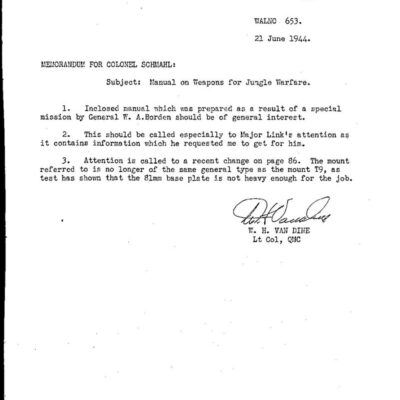
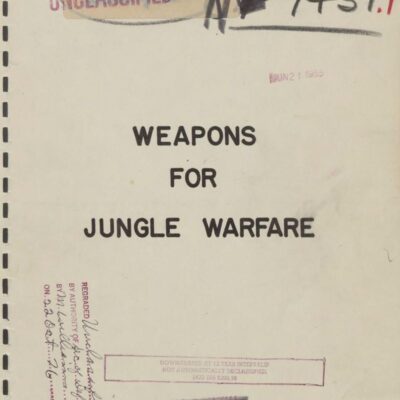
World War II Manual on Weapons for Jungle Warfare (1944)
$1.99 Add to Cart -
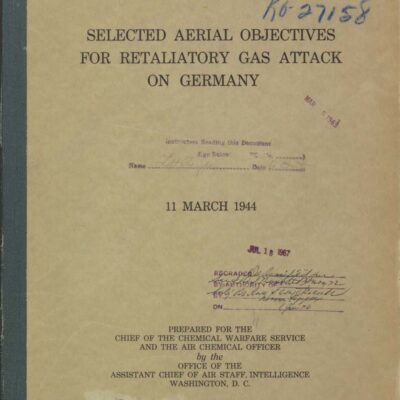
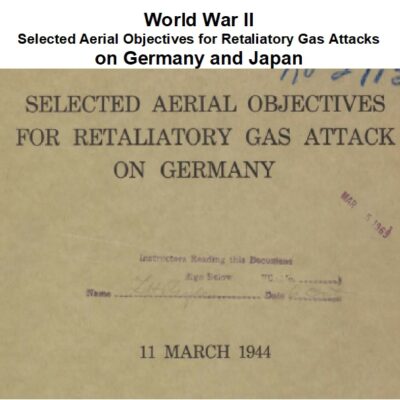
World War II: Targeted Aerial Objectives for Retaliatory Gas Attacks on Germany and Japan
$3.94 Add to Cart -

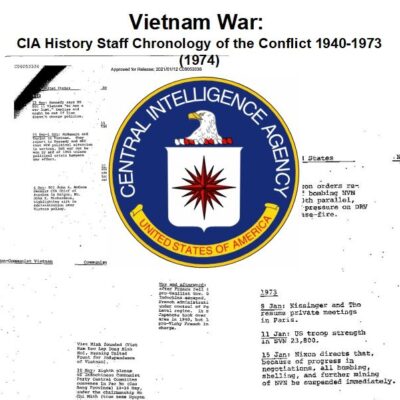
Vietnam War: CIA Chronology of the Conflict, 1940-1973 (1974)
$1.99 Add to Cart -
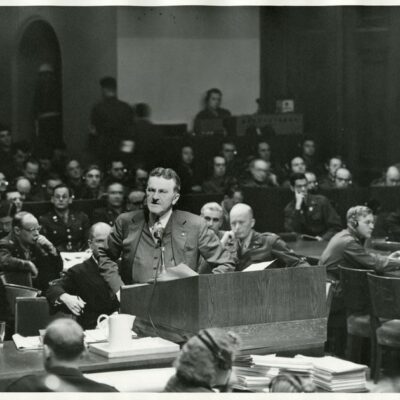
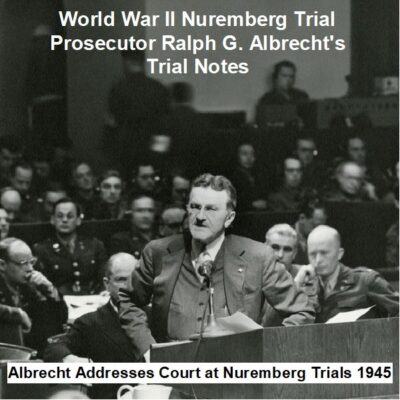
Trial Notes of Ralph G. Albrecht, Prosecutor at the Nuremberg Trials of World War II
$3.94 Add to Cart